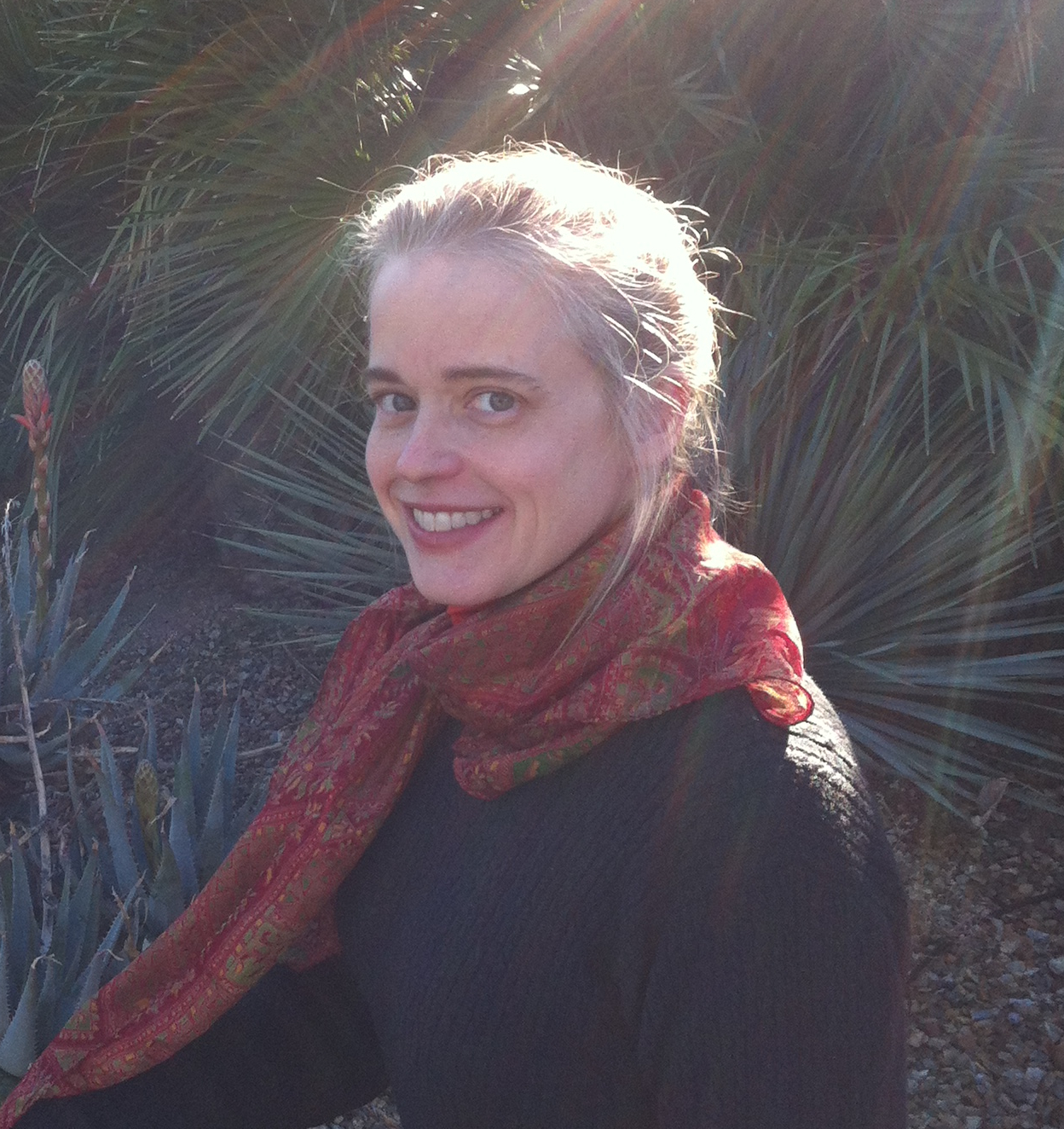Welcome to the homepage of Dr. Brenda Frye. She is a Professor in the
Department of Astronomy at the University of Arizona (tenured in June,
2020). She currently has a one-year sabbatical appointment at the
Institute for Advanced Study in Princeton, New Jersey.
Before taking
on these positions, she was a Tenure-track Professor of Physics &
Astronomy at the University of San Francisco in California, and
Lecturer in the School of Physics at Dublin City University in Dublin,
Ireland.
Before that she took on the following postdoctoral positions:
the National Science Foundation Astronomy & Astrophysics Postdoctoral
Fellowship and the Princton Council on Sciences & Technology Fellowhip
both held at Princeton University, and Research Scientist at the
Lawrence Berkeley National Laboratory. She completed her Ph. D. in
Astrophysics at the University of California, also at Berkeley.
She earned dual B. S. degrees in physics and astronomy
at the University of Arizona, where she also won the awards of
Outstanding Senior in the Department of Astronomy, and Outstanding
Senior in the College of Science, all under the direction of her
undergraduate thesis advisor, Professor Jill Bechtold.
Dr. Frye is interested in extragalactic astronomy and
cosmology. She is making a concerted effort to understand how massive
structures of galaxies form and evolve over time. This research is
relevant to know, for example, how a galaxy such as the Milky Way came
to be, our own massive home. She is investigating the physics driving
the assembly of these massive structures of galaxies, and controlling
the buildup of their stellar mass.
There are many different approaches to explore this fundamental
problem of astrophysics. The approach that Dr. Frye has chosen is
gravitational lensing. Her research interests include, but are not
limited to, gravitational lensing by galaxy clusters, high spatial
resolution studies of the predessesors of galaxy clusters or
protoclusters, and studies of the cluster galaxy members and the
images of the objects in the background that are lensed, or giant
arcs.
Dr. Frye enjoys teaching Astronomy and Astrophysics courses at the
university. These courses range from introductory astronomy for the
nonmajor to astrophysics majors courses and a course on the structure
and dynamics of galaxies at the level of the Ph. D. student.
She also is keen to travel, is an avid runnner in the Tucson Parkrun
events, and has three very active and inquisitive children.
To Find Out More
All are very welcome
to browse through this site, and there are opportunties to work
with me at all levels. So if any of this research looks interesting
to you please feel free to contact me.
|
